 FreepikFrom DoD’s 2023 report on PRC’s military and security developments.
FreepikFrom DoD’s 2023 report on PRC’s military and security developments.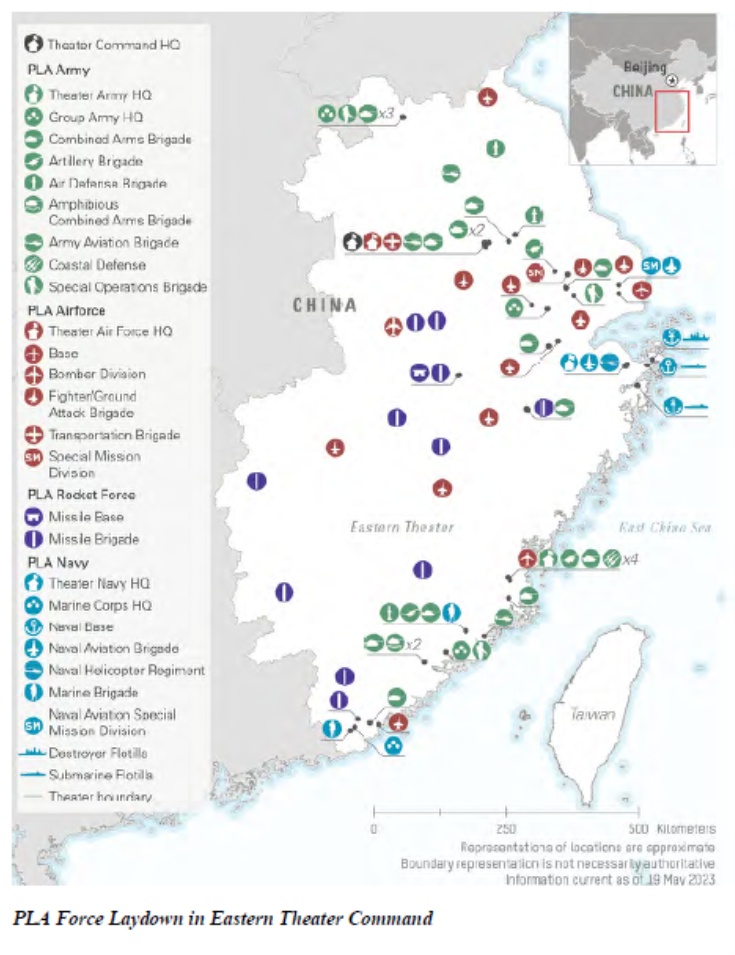
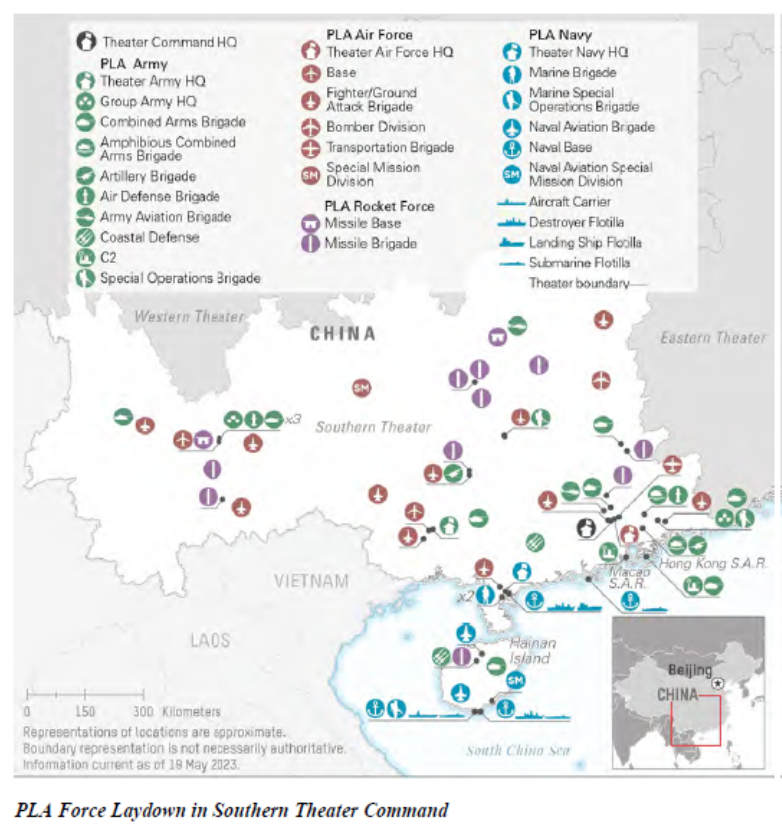
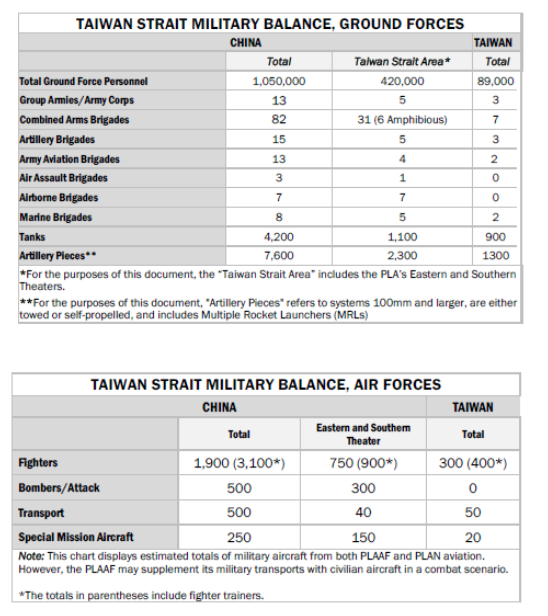
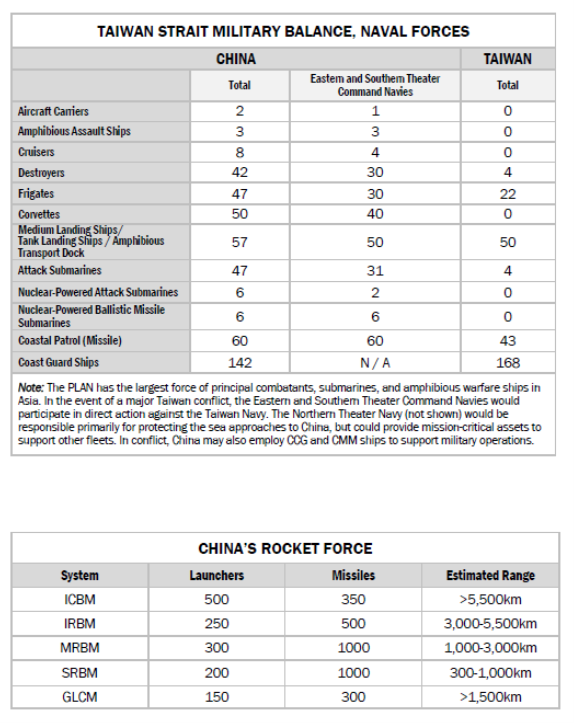 The report states:
The report states:
THE PLA’S CURRENT POSTURE FOR A TAIWAN CONFLICT
PLAA. The PLAA has increased its posture in the Eastern Theater Command and along the Taiwan Strait, providing the PLAA with enhanced firepower, mobility, and rapid strike capabilities. Significant reorganizations and amphibious assault training in recent years likely indicate that the Taiwan contingency is a high priority for the Army. Major PLAA contributions to a Taiwan invasion scenario likely include extensive amphibious, army aviation, and air assault operations.
The PLAA fields six amphibious combined arms brigades—four in the Eastern Theater Command (nearest Taiwan) and two in the Southern Theater Command. PLAA units continued amphibious assault training as a single service and with joint service counterparts in 2022. Training events refined the tactics of rapid loading, long-distance transport and beach assault under complicated sea situations, and logistic support capabilities. Press reports also claimed that the PLA extensively used sea, air, and ground UAS in support of the amphibious assault operation. PLAA amphibious brigades reportedly conduct realistic, large-scale amphibious operations that are almost certainly aimed at supporting a Taiwan invasion scenario.
PLAN. The PLAN is improving its anti-air, anti-surface, and ASW capabilities, further developing an at-sea nuclear deterrence, and introducing new multi-mission platforms capable of conducting diverse missions during peace and war and has increased its posture surrounding Taiwan since August 2022. New attack submarines and modern surface combatants with anti-air capabilities and fourth-generation naval aircraft entering the force are designed to achieve maritime superiority within the FIC as well as to deter and counter any potential third-party intervention in a Taiwan conflict.
The PRC’s amphibious fleet has in recent years focused on acquiring a modest number of ocean-going LPD and LHA ships. There is no indication the PRC is significantly expanding its number of tank landing ships (LSTs) and medium sized landing craft at this time. Although the PLAN has not invested in the large number of landing ships and medium landing craft that analysts believe the PLA would need for a large-scale assault on Taiwan, it is possible the PLA assesses it has sufficient amphibious capacity and has mitigated shortfalls through investment in other operational capabilities, such as civilian lift vessels and rotary-wing assets to address this gap. The PLA may also have confidence in the PRC’s shipbuilding industry’s massive capacity to produce the necessary ship-to-shore connectors relatively quickly.
PLAAF. The PLAAF has maintained a ready force posture for a variety of capabilities necessary in a Taiwan contingency. It has acquired a large number of advanced aircraft capable of conducting operations against Taiwan without requiring refueling, providing it with a significant capability to conduct air and ground-attack operations. A number of long-range air defense systems provide a strong layer of defense against attacks on key military installations or population centers on China’s mainland. The PRC’s development of support aircraft provides the PLAAF with improved ISR capability to support PLA operations. The PLAAF also has improved refueling capabilities, expanding its ability to operate further from China and increasing its ability to threaten third party intervention. Throughout 2022, Eastern Theater Command-based PLAAF units operated at higher levels than in previous years. Taiwan ADIZ incursions involved greater numbers of aircraft and were more frequent than in 2021, demonstrating the PLAAF’s improved ability to sustain pressure on Taiwan.
PLARF. The PLARF is prepared to conduct missile attacks against high-value targets, including Taiwan’s C2 facilities, air bases, and radar sites, in an attempt to degrade Taiwan’s defenses, neutralize Taiwan’s leadership, or break the public’s will to fight. As of 2023, the PLARF is increasing its presence along the Taiwan Strait with new missile brigades, possibly indicating an increasing number of deployed missiles.
…
I note that House Speaker Johnson’s plan for avoiding the government shutdown apparently omits funding for arms transfers to Taiwan (or Israel and Ukraine, for that matter). Biden had proposed $7.4 billion in aid for Taiwan and other Indo-Pacific countries.I suppose some folks think the threat to Taiwan is overblown. I’m more with those who agree that the degree of aggressiveness associated with PRC actions merits urgent action to bolster an important ally (and producer of critical commodities like semiconductor chips). The need for speed likely added to the Administration’s recent use of drawdown authority, even as the weapons transfer competed with needs for Ukraine.More By This Author:Growth Nowcasts For Q4
EIA Short Term Energy Outlook Forecast For Oil, And The Impact Of Sanctions
Alternative Estimates Of Chinese Q3 GDP Growth

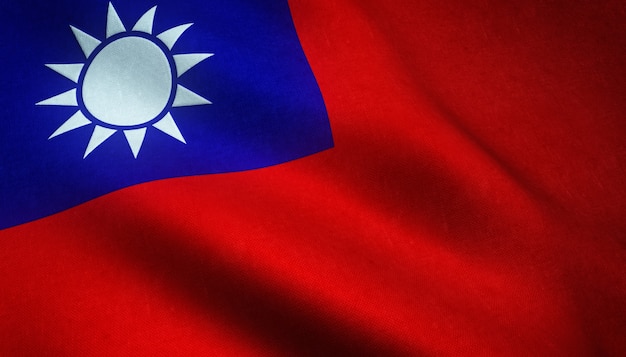











Leave A Comment